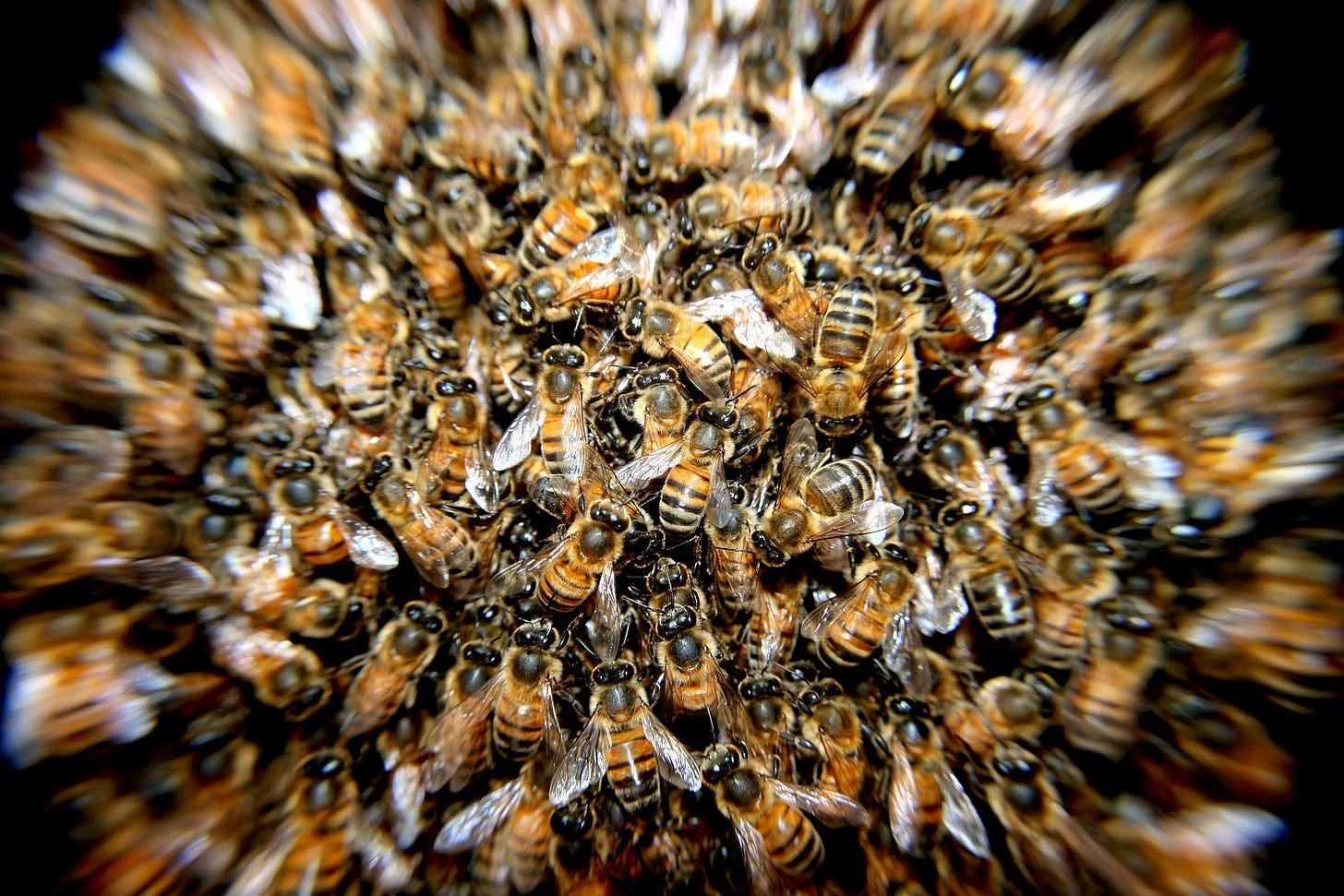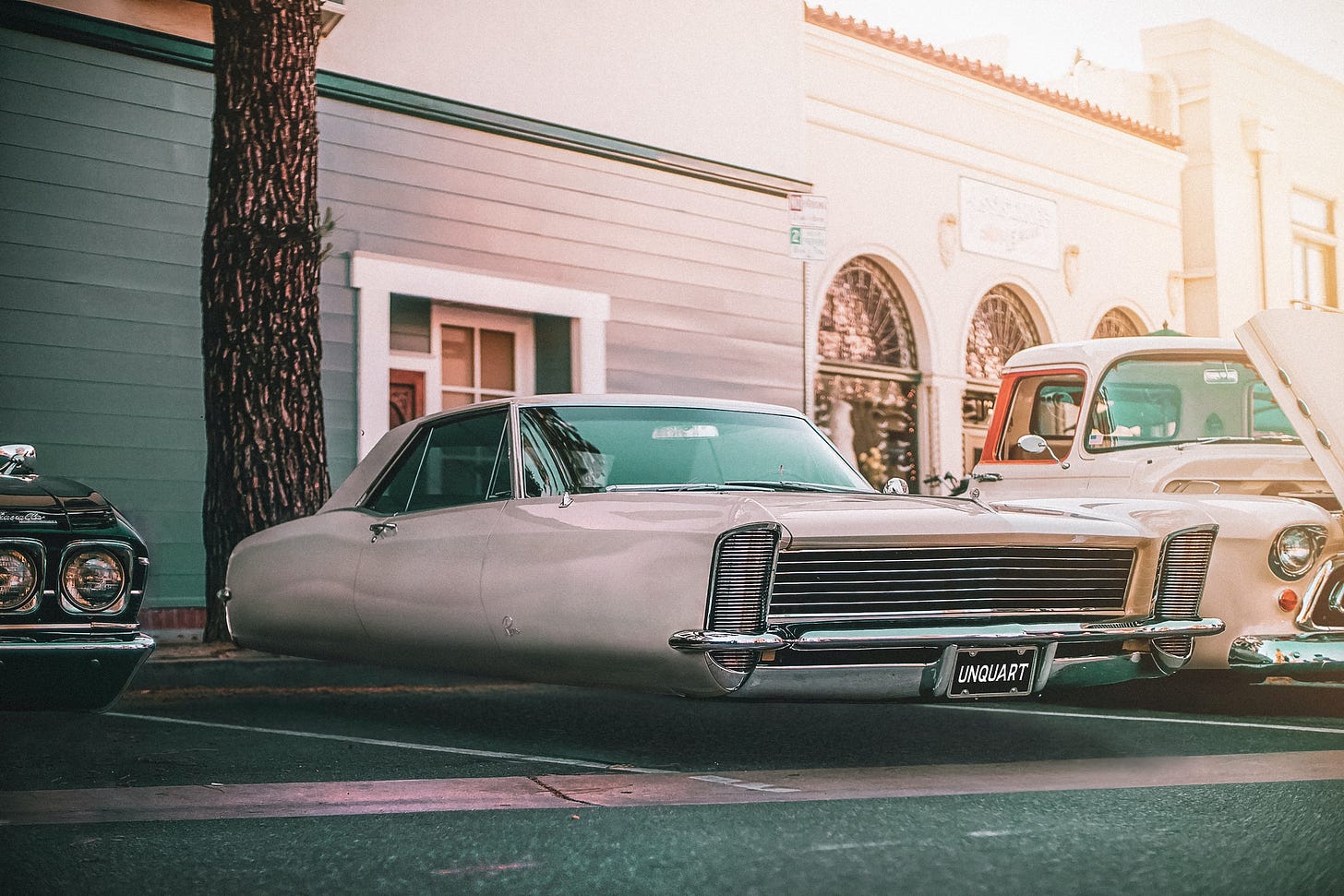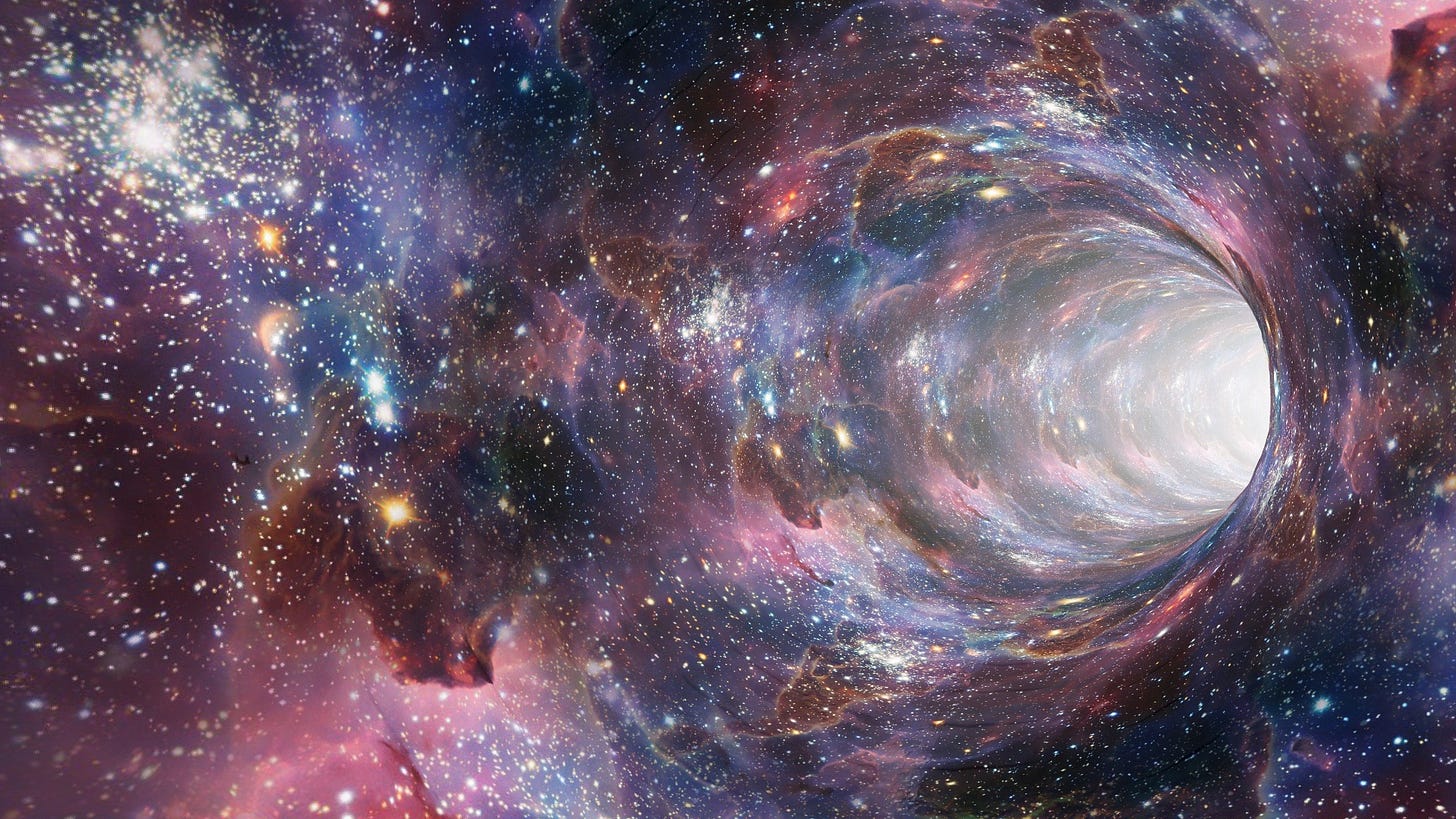In the XIXth century a Hungarian writer, Jókai Mór wrote a book in which devices called aerodromons played a crucial role. At the time aerodromons seemed like a product of pure fiction. Chances are though that you have travelled on one — today it’s called an airplane. Most of the fantasies of Jules Verne have since become as natural a part of our lives as scissors are for a tailor. William Gibson has predicted the internet and virtual reality nearly half a century ago. How does this work? Are there some people endowed with a visionary capacity who can actually see the future? Or is it the power of their imagination affecting the world, the ideas having been planted in thought space manifesting themselves in the real world?
Not long ago in a gathering of friends someone proposed a game: Let us all tell what we think the world will be like in ten years. It was late at night, eight of us remained in the party. We proceeded to present our ideas in turn. You will probably not fall off your chair if I let on that pessimistic visions were in the majority.
A few decades ago this was not true at all. Sci-fies of the time usually portrayed the future as a promising, exciting time. The whole of society was filled with the anticipation that things will continue to improve. Medial science will eradicate illness, the agricultural revolution will produce enough food for everybody, technology will construct marvellous devices making our lives comfortable. Amazing experiences await us! We will unravel the secrets of the universe! We will fly to the stars!
Here I must squeeze in an excuse to keep you till the end of the next section that will not evoke completely extatic feelings. Have faith; the sun’s gonna come up again. Let us quickly ascertain that the world is fine. Comets orbit the sun in eternal harmony, blackbirds perform perfect blackbird songs, chameleons choose the best color available and you, yourself, are a creature with remarkable resources. It is human society that is in transformation and this still leaves us with a future. There are solutions. In discovering the solutions it is quite useful to bravely face up to problems, preferably their root causes.
Source: Bonnie Kittle, Unsplash
So — the recent pessimism is not unjustified. Here, in Eastern Europe people have long been flourishing the black banners of despair. But lately destitution has also grabbed souls in the prosperous West. What has happened? I think one of the reasons was the collapse of the Soviet Union. What?? We were transfixed with joy! From our perspective a miracle has happened. Yes, however, the international system lost the counterweight. Cultivating a nice, humane alternative to the Red Menace was not necessary any more and capitalism soon revealed its true essence. The gloves came off, the welfare state was ruthlessly curtailed, the poor became abundant, in some countries there is a veritable homeless apocalypse.
At the same time we really started to declare war on nature. Or maybe this was when the problem became visible, in any case, people began to realize that we can’t keep sawing the branch we are living on. Our social world has also undergone a huge transformation. Earlier stability disappeared. Ideology fell to the level of “grab while it’s on sale” with the media turning into a contest of who can terrorize people more. General solidarity, friendly spirit among people was replaced by a strange distance. And a lot of other things happened that didn’t further harmony and tranquility in the human spirit. Society was becoming a confused, angry beehive.
Source: Patricio Sánchez, Pixabay
Around 1992 when society started to break down and, if you were paying attention, climate change began to become palpable (although not to the degree it is now), I looked into the future and said: We have about twenty years till the cataclysm. When the twenty years passed, in 2012, I took stock of the progress and said: So far better than expected. If we are lucky, we have maybe four or five relatively normal years more. After that there was no respite, problems came stomping on each other’s heels: extreme political divide almost everywhere, refugees, the virus, war and other things like the mental health epidemic that Jon Haidt writes about here on Substack.
This is where we are now. One of the common visions of the future is: “No, no, everything is all right, these are only temporary problems. We will vaccinate everyone a hundred times, defeat the evil aggressor, invent free energy and everything will return to normal. Everything will be like the way it was, except it’s the new operating system that will collapse, the cars we will be sitting in in the traffic jam will be electric, we will be fat for a hundred and forty years and we will watch more crappy movies.” I think the mockery makes it obvious how much I believe in this theory. But its supporters think we will avert the current disaster and then life will continue as before except that technology will advance somewhat.
Source: Mehdi MeSSrro, Unsplash
The other version is “Oh my god, if the oceans warm up more than X degrees then everything is lost forever.” The sky’s gonna fall, we’ll get mushroom clouds, babies with eight heads, Mad Max, and cannibalism. The two visions may live within the same person: We live our everyday lives as if things could go on as before. But if we think about the future more distant than the next few years, we quickly brush away the topic and turn on a video game to at least get a dopamine rush.
Our group of friends was dominated by these two visions, especially the latter, with different emphasis on the types of coming horror. Fortunately there was also a third version. According to this view, although we don’t know exactly what will happen, our projections are sure to influence the actual events. So the best thing to do is to stay happy, find our inner balance and start acting in our lives in a way that makes for a good future. To do things that will make shared human reality move in a desired direction, even if (intitially) only in a small way.
I think it is useful to know what’s happening, to see the connections between seemingly unrelated events. This newsletter does try to point out the perverse phenomena of our civilization in the series “Guide to Earth” (in the peculiar style stolen from Nagy Lajos). An even more interesting question is what kind of future we actually want. This is the picture that’s worth creating and holding in our minds in order to guide our behavior. This is what we have now. What do we want instead? It’s time to start thinking about that.
Source: David Clode, Unsplash
Yeah, people say, sure. We know what we want. A lot of money, recognition, long blonde hair, a BMW, and orgasms. Lots of orgasms in every field. We want eternal life + 20 years. Cheap gas and clean air. We want to eat a lot of danishes while staying slim. We don’t want to do sports but we want muscles like Schwarzenegger.
The other version is yes, we want peace, sustainability, equality, a just society. But this is impossible to have because those evil powers will not let us. Whoever your evil power is, the obnoxious ones in the spotlight or those smoking cigars in back rooms. The point is that they are invincible lions and they won’t let us. We, miserable mice, can’t do a thing. Where’s my computer game?
The future of this particular planet is resting with a species called Homo sapiens. It is an extremely social species, the most social, in fact, after communal insects and the naked mole rat. It is influenced by the opinion of its companions to a very large degree. If many of us start thinking up and communicating reasonable, nice visions of the future, our common reality will be affected.
What kind of a future would you like?
How the present obstacles to a good future can be circumvented is a very good question. It most likely will not be a piece of cake and it definitely will be more exciting than watching curling on TV. We will not necessarily succeed in every aspect, but if we don’t embark on that quest, if we don’t begin to radiate that vision we will definitely not get anywhere.
The title of this article I stole from Connirae Andreas. Why should the future be tense? Let us have verb relaxes.
The path between the present and a desirable, or at least acceptable future is within us. Within you and me. It is not a highway, not even a forest path — it’s something unknown so far.
When we will be in the future, when our desires become true, it is guaranteed that it won’t be exactly the way we had imagined. It will still be our future, one that we created together instead of being thrown to the wall by some explosion. This is the future I’m voting for.







